Tallow For Skin Care: The Complete Guide
Don’t let this fatty ingredient fool you into thinking it’s all bad and no good!
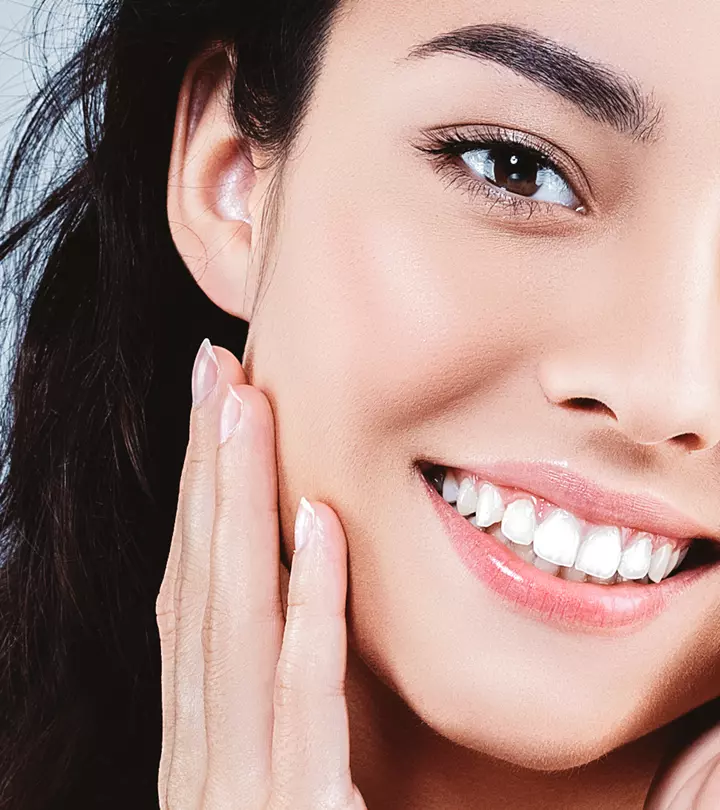
Image: ShutterStock
Tallow is fast becoming popular in the skin care industry. It is rendered beef fat and has the most beneficial nutrients when extracted from 100% grass-fed beef. You may use tallow for skin care as it helps keep it young, healthy, and smooth. If stored in a sealed container, it can be preserved for long periods, even without refrigeration.
If you are not aware of the skin benefits of tallow, you have come to the right place. This article will help you know more about tallow, its nutritional profile, skin benefits, and potential side effects. Scroll down.
 Know Your Ingredient: Tallow
Know Your Ingredient: TallowWhat Are Its Benefits?
It hydrates the skin and reduces signs of aging and blemishes.
Who Can Use It?
Tallow is well tolerated by most skin types due to its similar composition to human sebum
How Often?
Tallow can be used as often as needed as a daily moisturizer.
Caution
Individuals with beef allergies or sensitivities should avoid using it.
In This Article
What Is Tallow?
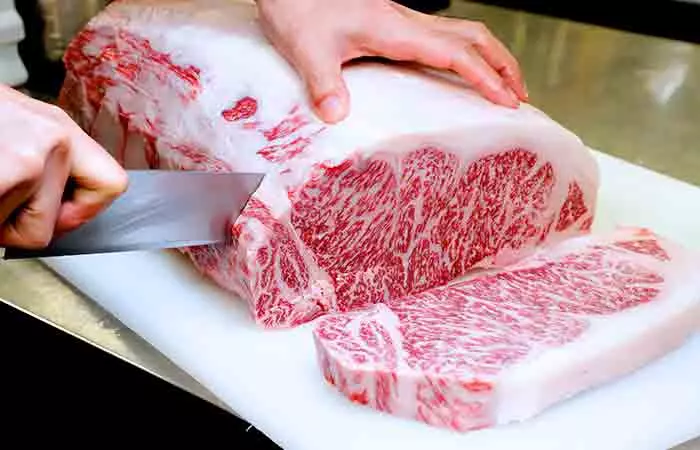
Tallow is extracted fat, mainly beef fat. Raw fat is rendered to tallow by melting it. Tallow from 100% grass-fed beef has the most beneficial nutrients. It is composed of stearic acid (1). It is solid at room temperature but takes on an oily consistency after going through the cosmetic production processes. Tallow can be preserved for long periods without refrigeration if maintained in a sealed container.
 Did You Know?
Did You Know?Key Takeaways
- Tallow is rendered beef fat that works wonders for skin care.
- Tallow’s natural oils may aid in skin hydration and can be used on dry and oily skin.
- It contains vitamin E, which has antioxidant properties that protect the skin from UV rays and fight the signs of aging.
- However, tallow has impurity and stability issues, a foul odor, and it is not cruelty-free.
Mutton Tallow Vs. Beef Tallow
Mutton tallow is derived from sheep whereas beef tallow is derived from beef. Both components are natural, shelf-stable goods. Though both are abundant in saturated fats, beef tallow is higher on the same. Mutton tallow, on the other hand, seems to have more vitamin E than beef tallow.
Tallow is most famous for its high oleic, palmitic, and stearic acid content. Beef tallow has more palmitic acid, while mutton tallow has more oleic and stearic acids.
Tallow contains the following fatty acids and nutrients:
1. Stearic And Oleic Acids (Omega-9): These are present in the skin’s protective outer layer and sebum. These help moisturize and soften the skin. They also have anti-inflammatory properties. Stearic acid also helps heal skin damage by improving its suppleness and elasticity. Oleic acid aids the penetration of the other active ingredients into the skin (2). However, some research suggests that oleic acid may also disrupt skin barrier function (2).
2. CLA (Conjugated Linolenic Acid): CLA has anti-inflammatory and antibacterial properties and may help treat various skin disorders. It may also help reduce wrinkles (3).
3. Palmitoleic Acid (Omega-7): Palmitoleic acid is another critical component of our skin. It has potent anti-inflammatory properties that promote wound healing (4).
4. Palmitic Acid: This acid protects the skin’s lipid barrieri A layer of lipids, fatty acids, and ceramides on the outer layer of the skin that helps protect the skin from damage and dehydration. (5). It also makes the skin smoother.
5. Alpha-Linolenic (Omega-3) And Linoleic (Omega-6) Acids: These are optimally balanced in a nearly 1:1 ratio. These essential fatty acids contribute to the skin’s structural integrity and barrier function. They also may influence any inflammatory and immunological responsesi The mechanism by which the body defends itself against substances it deems harmful, protecting it from infectious diseases. . These acids are also found to lighten skin pigmentation induced by UV radiation (6).
6. Vitamins:
- Vitamin A: It helps develop protein, elastic, and healthy skin cells. It also strengthens skin tissue and makes it firm and youthful. It also supports the daily replacement of skin cells (7).
- Vitamin D: It helps repair skin and protects skin from free radicals. It also may have photoprotective effectsi Occurring as a result of photoprotection, a biochemical process that helps prevent damage from harmful UV rays of the sun. (8)
- Vitamin K: It helps improve skin tone and texture. It also may accelerate wound healing (9).
- Vitamin E: It repairs skin and reverses free radical damagei Molecules that form when cells undergo chemical changes, which can cause collagen to breakdown and lead to premature aging. (10). It also maymoisturize skin
This composition of tallow offers multiple skin benefits. We discuss them in the following section. Read on to know more about this organic skin care ingredient.
What Are The Benefits Of Tallow For Skin?
1. May Help Treat Dry Skin
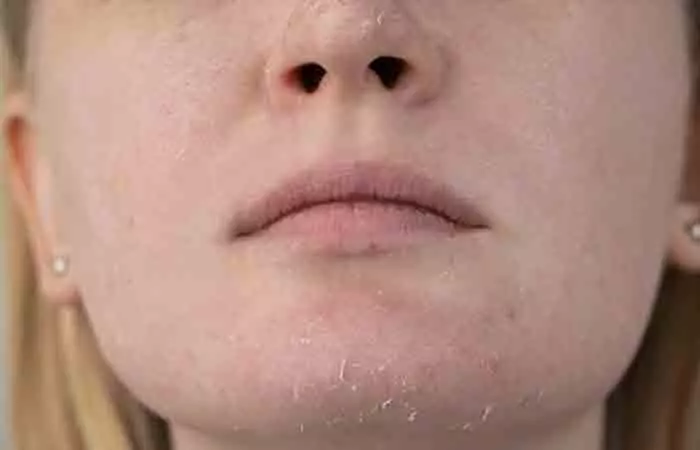
The natural oils in tallow may help hydrate skin. They get absorbed quickly and reduce cellular dryness. They do not clog pores or make skin greasy. Tallow, being a natural skin care ingredient, is suitable for both dry and oily skin types. However, research is limited in this regard.
Jennifer, a blogger, recounts her recent experiment of making tallow bath products – body butter and hand/foot balm. She shares two recipes of body butter that contain different percentages of tallow: recipe 1 with 25% and recipe 2 with 40%. She writes, “I loved recipe 2 as a heavy duty face moisturizer. It kept my dry, flaky skin nice, and if I put it in at night by morning, it was absorbed in, and I could put makeup on and get through the day without my skin flaking (i).”
Tallow’s effects last long, and it doesn’t have to be applied more than once a day.
 Quick Tip
Quick Tip2. May Make Skin Looking Younger

The vitamin E in tallow is very beneficial for aging skin. Its antioxidant properties protect the skin from UV exposure and reduce the associated damage (10). Tallow also fights free radical damage and may reduce the formation of fine lines and wrinkles. It also may make skin very soft with daily use.
Vitamin E has also been proven to protect collagen from breaking down (10).
3. May Be Good For Acne-Prone Skin

Tallow’s antibacterial, anti-inflammatory, and skin-repairing characteristics make it ideal for acne-prone skin. However, concrete research is lacking in this regard.
4. May Fight Skin Infections
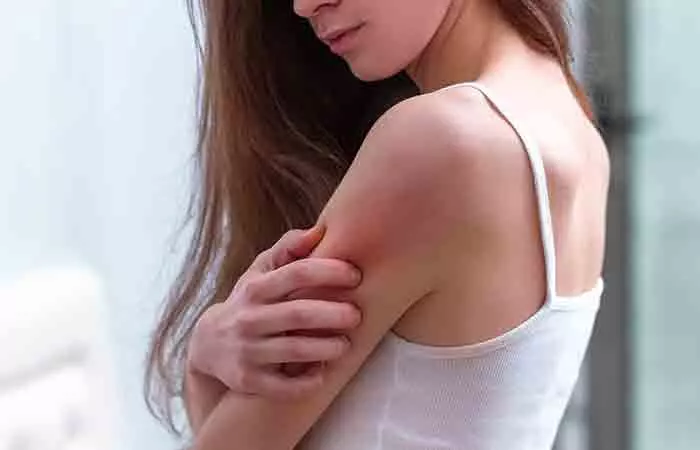
The vitamin D in tallow may promote the production of anti-microbial peptide genes that helps fight viral skin infections (11). Grass-fed tallow contains CLA. CLA appears to have anti-cancer characteristics and may help reduce the risk of skin tumors (12).
5. May Be Compatible With Human Skin Cell Biology
Tallow may be compatible with our cells’ biochemistry. Tallow used for skin care has a saturated fat ratio of 50-55%, making it potentially more suitable for human skin.
These are the few important benefits of tallow. There are several tallow skin care products available out there that you can add to your care routine. Try using tallow soap instead of a commercial one. You can also use a tallow moisturizer to improve skin texture and suppleness. But you also must be aware of its side effects before you start to use it.
Check out the following section that discusses how tallow can be beneficial for eczema.
Tallow For Eczema: Does It Help?
Tallow is believed to have potential benefits for eczema-prone skin. Its high concentration of fatty acids, including conjugated linoleic acid (CLA) and palmitoleic acid, makes it deeply moisturizing and nourishing for dry and irritated skin. Tallow is rich in vitamins A, D, E, and K, which are known to support skin health and help alleviate inflammation. Additionally, tallow’s anti-inflammatory properties may aid in reducing redness and soothing itchiness associated with eczema, as observed in a study involving rats and a treatment that made use of tallow and other ingredients (13). However, it is best to seek professional advice before using tallow for eczema as some people can be allergic to animal products or might experience a reaction.
Tallow comes with its fair share of downsides, read on to know what they are.
Using Tallow On Your Skin: Precautions And Side Effects
- Impurity Issues
The purity of animal parts which tallow is extracted from is an important consideration. The diet of such animals also plays a role in tallow purity. It is quite a challenge to know unless you are procuring tallow from an FDA-approved product.
- Not Cruelty-Free
Tallow is animal fat and is extracted from a dead animal. This can be off-putting for animal lovers. The demand for cruelty-free cosmetics is increasing, for ethical and environmental reasons.
- Unpleasant Odor
Though the fat itself has no odor, but part of the animal’s muscle and other tissue might enter the skin are mix during processing. This may make the finished product smell awful.
- Stability Issues
Tallow is not stable. It goes through many production procedures, including heating, before it is made available as a finished product. Hence, such products like a tallow cream or tallow lotion may lack consistency in color, appearance, and odor.
Infographic: 4 Must-Know Benefits Of Tallow
Tallow, the rendered beef fat, is fast becoming a popular ingredient for skin care. A few benefits are listed above to give you an idea of how this ingredient works. Though some of them are yet to be scientifically proven, we have summarized the top 4 reasons you must consider tallow for skin care. Scroll down and check the infographic for more information. Illustration: StyleCraze Design Team
Tallow can be used for a variety of reasons. It can be used as a full-body moisturizer, face cream for anti-aging and anti-acne benefits, baby lotion, sunburn or nappy rash treatment, lip moisturizer, and fade scars and stretch marks. It is non-greasy, will not clog your pores, lasts a long time, and is all-natural. Tallow keeps your skin hydrated the whole day and needs to be applied once. However, there is relatively little study on its skin advantages. You may use tallow for skin care and see how it works. However, be careful of the potential side effects and consult a doctor before using.
Frequently Asked Questions
Is tallow suitable for sensitive skin?
Yes, tallow can be beneficial for sensitive skin, as it is gentle, nourishing, and helps retain moisture without harsh chemicals or additives. However, always ensure to do a patch test on sensitive skin before topical application to prevent allergic reactions.
Is tallow good for lips?
Yes, it is good for lips as it helps moisturize lips and makes them soft and supple.
Is tallow good for hair?
Tallow is good for hair. The anti-inflammatory and antibacterial properties of tallow may help heal the scalp and reduce dandruff.
Can tallow be used as a sunscreen?
Tallow contains vitamin E which helps to shield the skin from UV exposure and reduces potential skin damage (10). However, there is no scientific evidence that states that tallow can be a substitute for sunscreen. Further, it may not be a good idea to use it in place of sunscreen as it might be impure, since it’s directly extracted from dead animal fat.
Illustration: Tallow For Skin – What It Is Benefits And How To Use It
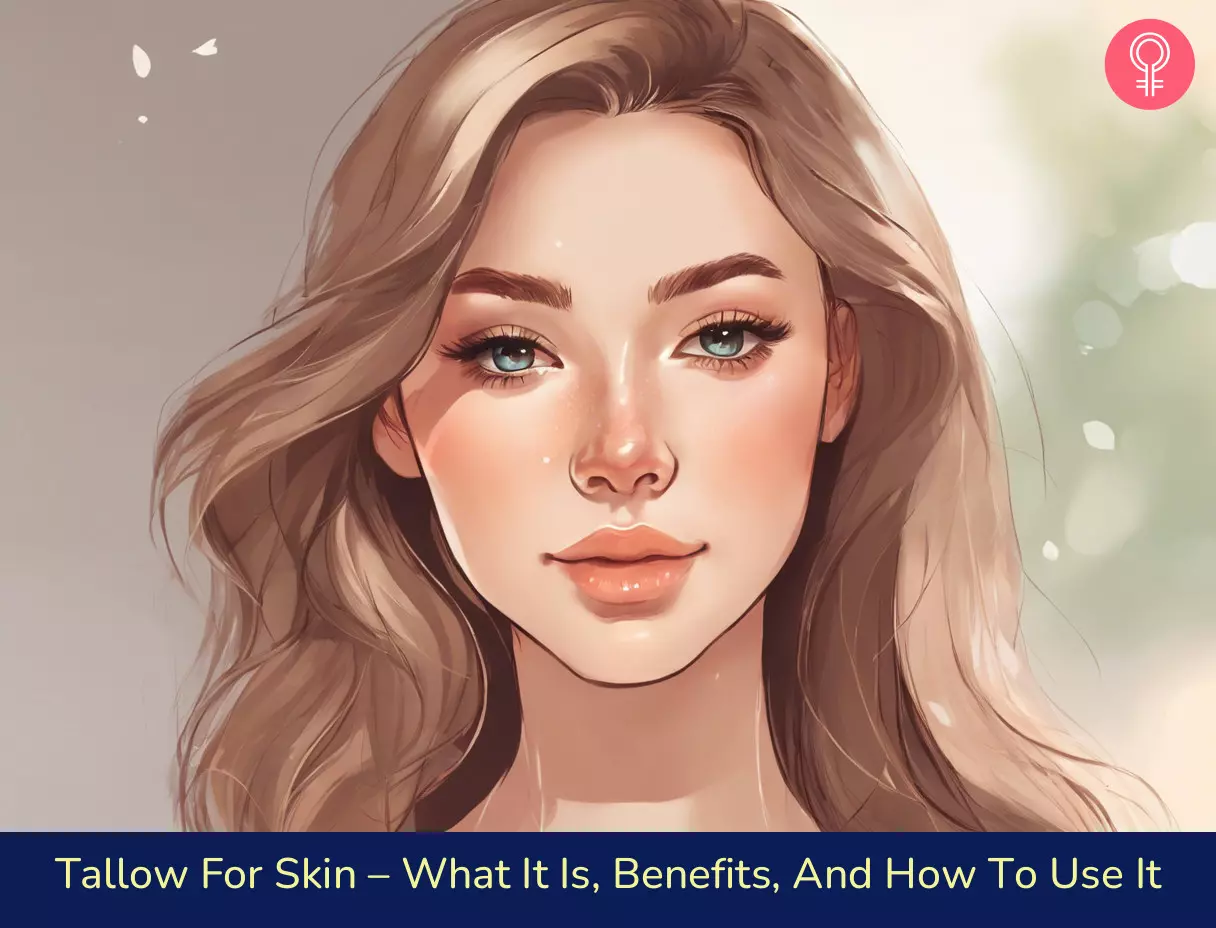
Image: Stable Diffusion/StyleCraze Design Team
Witness the transformative power of tallow for skin care in this captivating video. Experience the before and after results and learn how to incorporate tallow in your routine for healthier, radiant skin.
Personal Experience: Source
StyleCraze's articles are interwoven with authentic personal narratives that provide depth and resonance to our content. Below are the sources of the personal accounts referenced in this article.
i. Using tallow in bath products,https://jennifersoap.wordpress.com/2017/04/07/using-tallow-in-bath-products/
References
Articles on StyleCraze are backed by verified information from peer-reviewed and academic research papers, reputed organizations, research institutions, and medical associations to ensure accuracy and relevance. Read our editorial policy to learn more.
- Enzymatically Modified Beef Tallow as a Substitute for Cocoa Butter
https://ift.onlinelibrary.wiley.com/doi/10.1111/j.1365-2621.2002.tb08762.x - Anti-Inflammatory and Skin Barrier Repair Effects of Topical Application of Some Plant Oils
https://www.ncbi.nlm.nih.gov/pmc/articles/PMC5796020/ - Contribution of Palmitic Acid to Epidermal Morphogenesis and Lipid Barrier Formation in Human Skin Equivalents
https://www.ncbi.nlm.nih.gov/labs/pmc/articles/PMC6928966/ - Topical anti-inflammatory activity of palmitoleic acid improves wound healing
https://www.ncbi.nlm.nih.gov/labs/pmc/articles/PMC6181353/ - Linoleic acid and alpha-linolenic acid lightens ultraviolet-induced hyperpigmentation of the skin
https://pubmed.ncbi.nlm.nih.gov/9749992/ - What is vitamin A and why do we need it?
https://www.ncbi.nlm.nih.gov/pmc/articles/PMC3936685/ - Vitamin D and the skin: Focus on a complex relationship: A review
https://www.ncbi.nlm.nih.gov/labs/pmc/articles/PMC4642156/ - Wound healing effects of topical Vitamin K: A randomized controlled trial
https://www.ncbi.nlm.nih.gov/pmc/articles/PMC6533928/ - Vitamin E in dermatology
https://www.ncbi.nlm.nih.gov/pmc/articles/PMC4976416/ - The vitamin D–antimicrobial peptide pathway and its role in protection against infection
https://www.ncbi.nlm.nih.gov/labs/pmc/articles/PMC2821804/ - Dietary conjugated linoleic acid modulation of phorbol ester skin tumor promotion
https://pubmed.ncbi.nlm.nih.gov/8875552/ - NCM 1921, a Mixture of Several Ingredients, Including Fatty Acids and Choline, Attenuates Atopic Dermatitis in 1-Chloro-2,4-Dinitrobenzene-Treated NC/Nga Mice
https://pubmed.ncbi.nlm.nih.gov/31936050/
Read full bio of Dr. CP Thajudheen
Read full bio of Arshiya Syeda
Read full bio of Ramona Sinha
Read full bio of Monomita Chakraborty








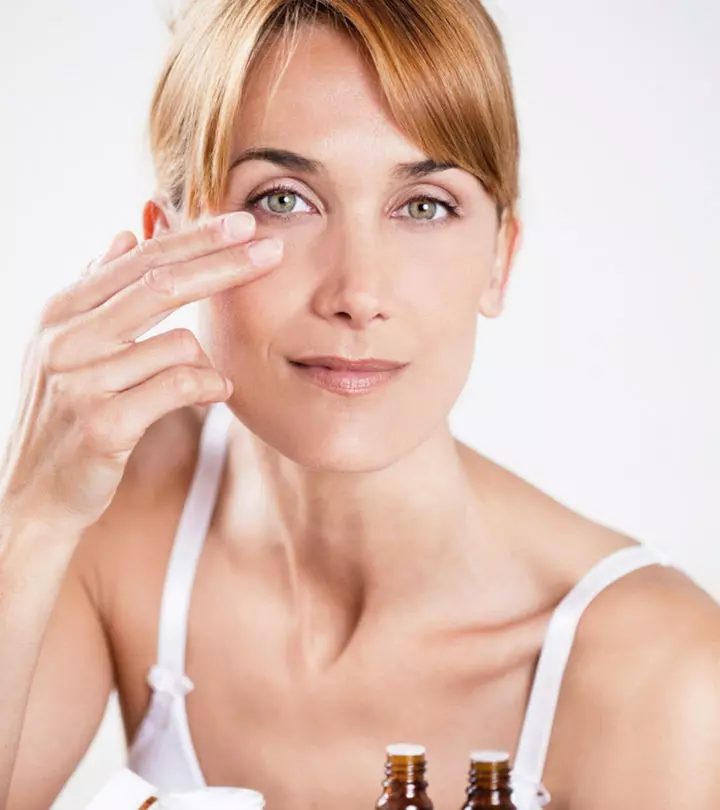



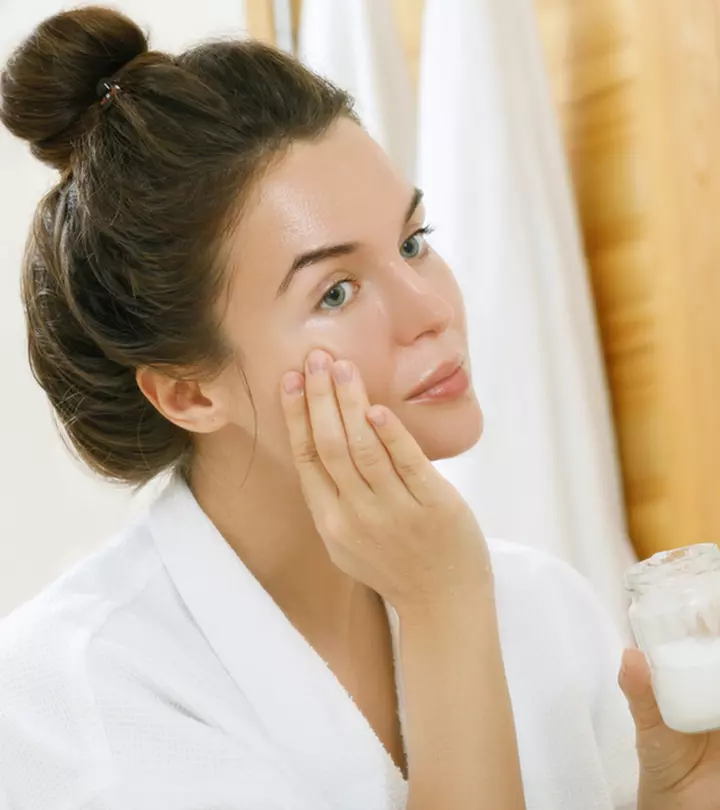

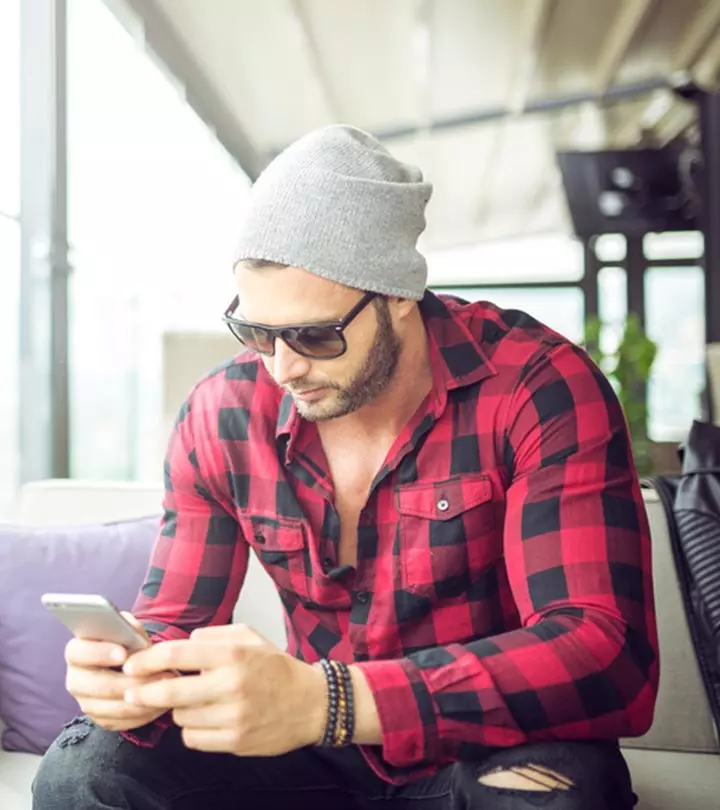

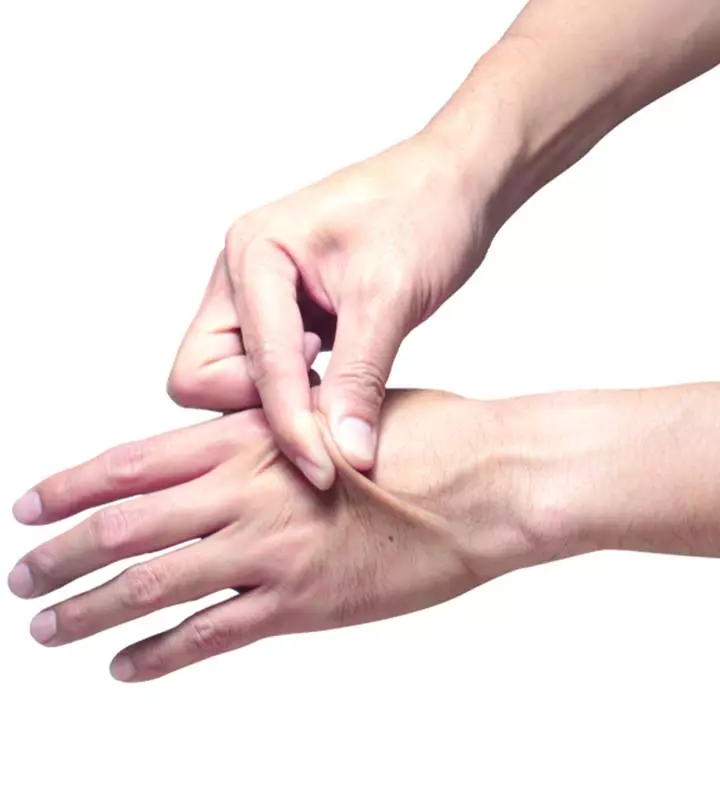
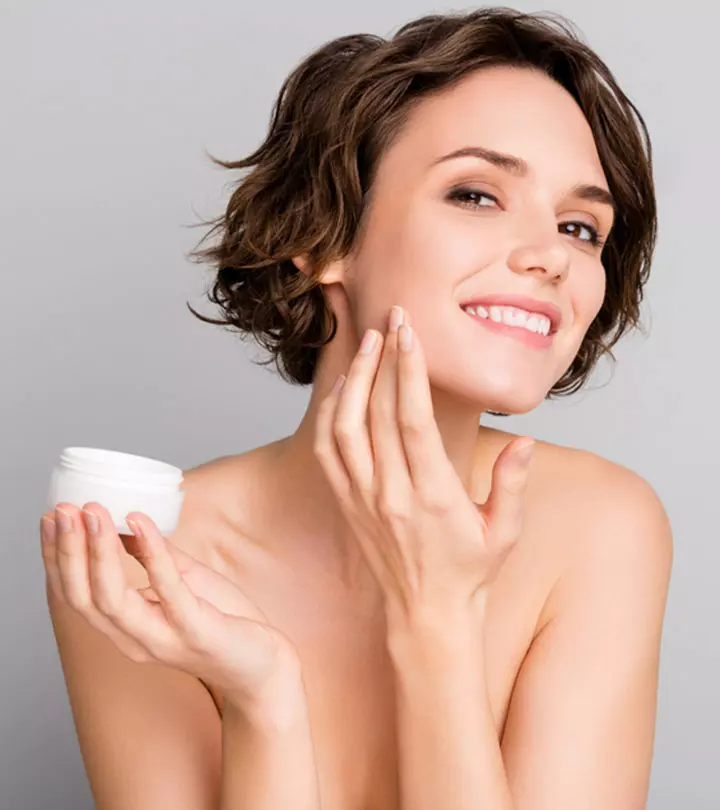
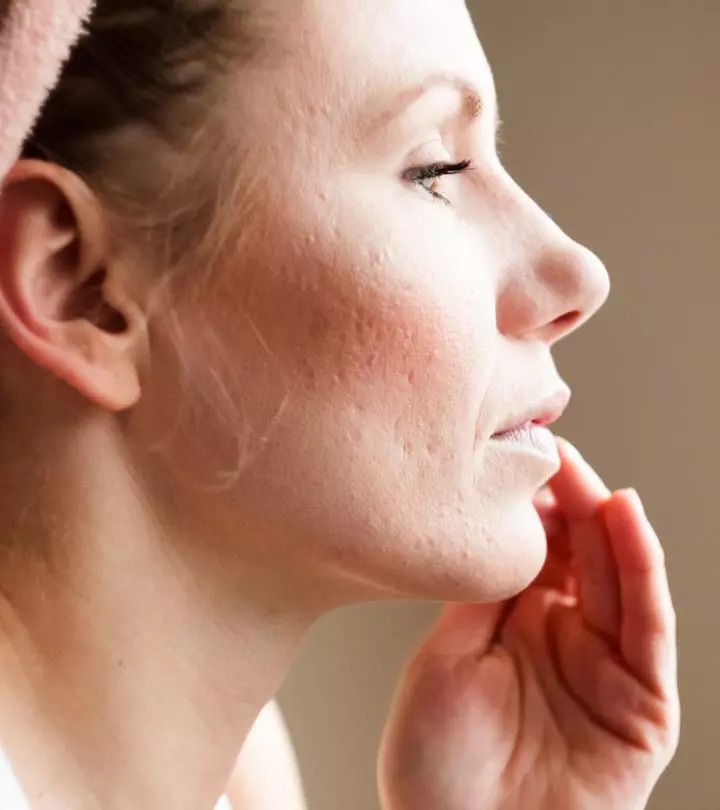
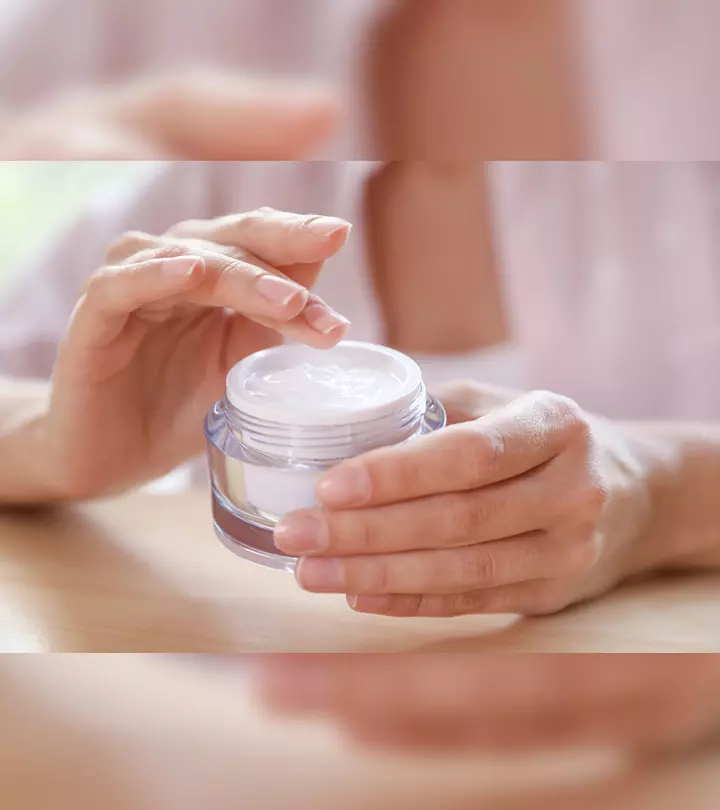
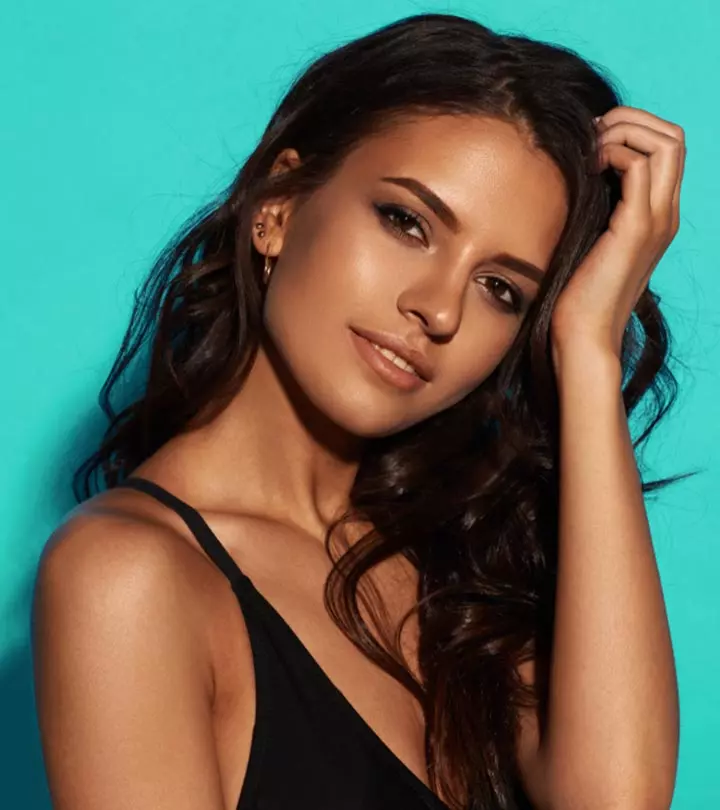

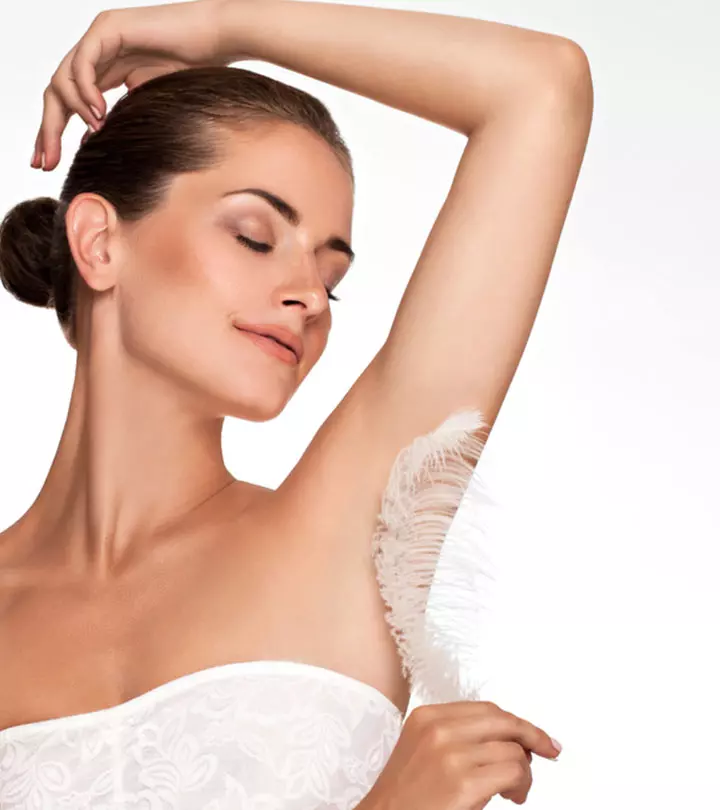
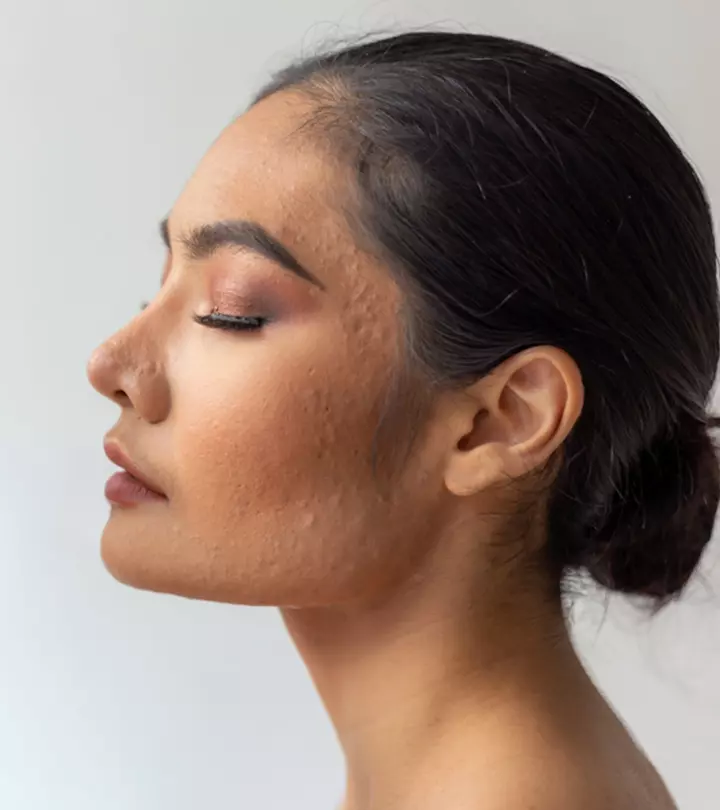
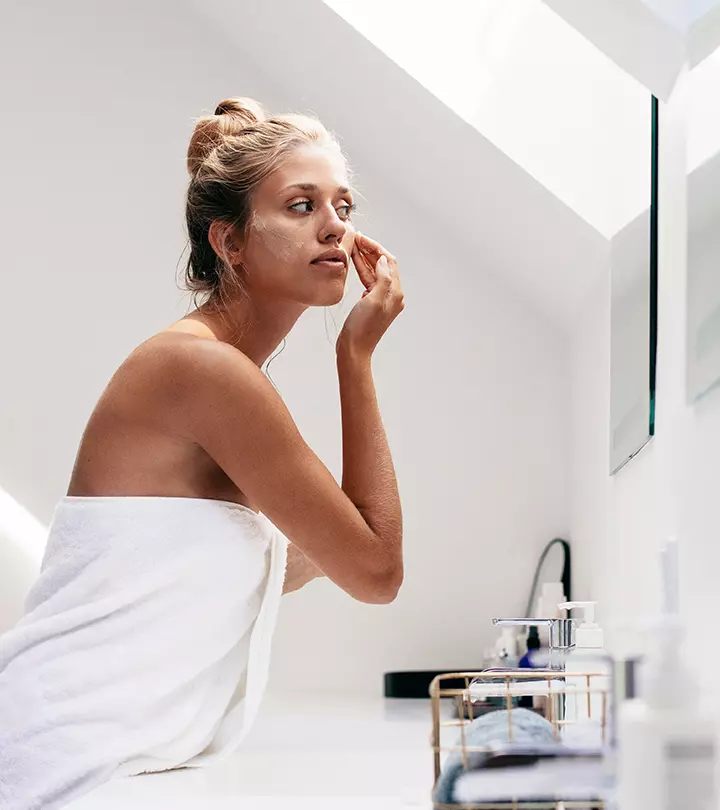

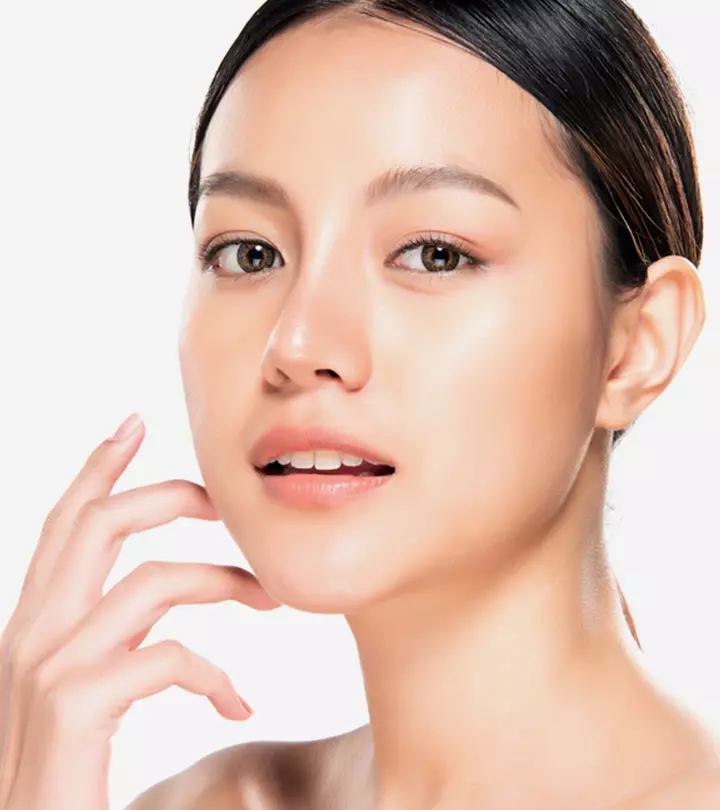
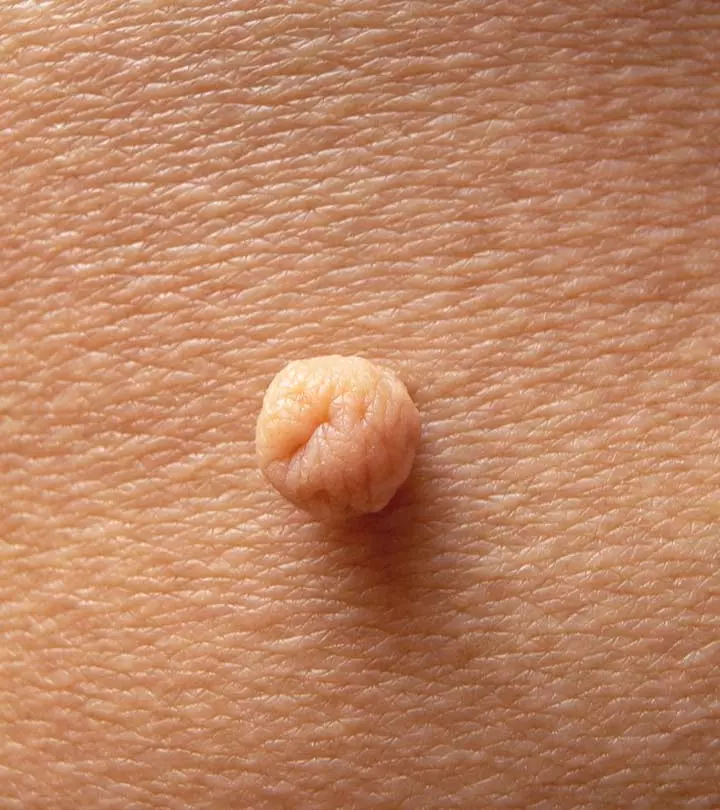
Community Experiences
Join the conversation and become a part of our empowering community! Share your stories, experiences, and insights to connect with other beauty, lifestyle, and health enthusiasts.